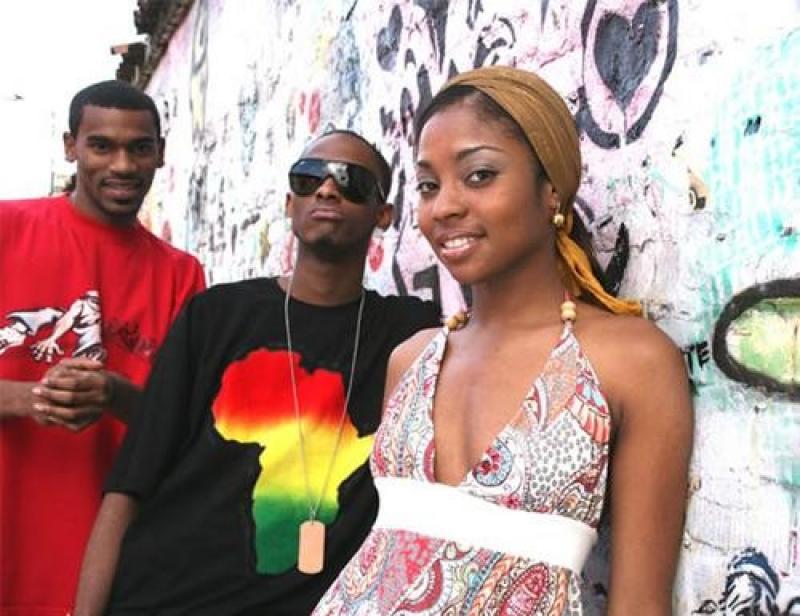Washington Heights, an area of northern Manhattan in New York City is where many immigrants from the Dominican Republic live.
Recently, I took advantage of my long, overdue vacation to New York City where I grew up by visiting a community directly north of Harlem with over 150,000 residents (as of 2010) and where my mother attended church. I personally refer to this area as “Dominican Harlem.” I hopped on the A-train that used to drop me off at my old apartment building in Harlem to Washington Heights, the real name for this community known to Dominicans as Quisqueya Heights. Quisqueya is the original name of the Dominican Republic before the Spanish invaded the island.
Fortunately for me, my visit to this community came after the years of heavy crimes, such as drugs and gang violence died down. In 2011, Washington Heights became the fourth-safest neighborhood in New York's borough of Manhattan, according to one analysis of police records. However, I still made sure I went through Dominican Harlem in broad daylight, and out before nightfall. I had such great experiences interacting with members of the community (in Spanish), and with great customer service in two well-known Dominican restaurants; El Malecón and Albert's Mofongo House, which inspired me to leave larger than normal tips. In the Mofongo House, not only did I have a great seafood meal, there was jazz, salsa, merengue, and bachata music playing in the background.
Sadly, like other ethnic groups in the history of Washington Heights, and like other ethnic communities of color around the country, gentrification is slowly breaking up Dominican Harlem. Due to rising rents and other costs, families and friends who lived in this area for years are being scattered, and widening the gap between rich and poor. Dominican political power in the city is also being realigned. Even though Dominicans still make up 73 percent of Washington (Quisqueya) Heights, their moves to the Bronx have made room for other Latinos groups.
According to a study conducted by the Dominican Studies Institute at the City University of New York, about 90% of the contemporary Dominican population has ancestry from West and Central Africa. However, most Dominicans do not identify themselves as black. The colonial and political events in the Dominican Republic directed against Afro Dominicans have left emotional scars causing a rejection of their "blackness."
Also, during Haitian rule of the Dominican Republic between 1822 and 1844, Afro-centrism was pushed, which the Dominicans refused. The Dominican Dictator Rafael Trujillo, who ruled between 1930 and 1961, tenaciously promoted the anti-Haitian sentiment and used racial persecution and nationalistic fervor against the Haitians. He is considered blamed for creating the many racial categories that avoided the use of the word "black," and in 1955, he promoted an emigration from Spain to his country to "whiten" the Dominican population. Afro-Dominican poet Blas Jiménez states: under Trujillo, there was nothing worse than being black.

